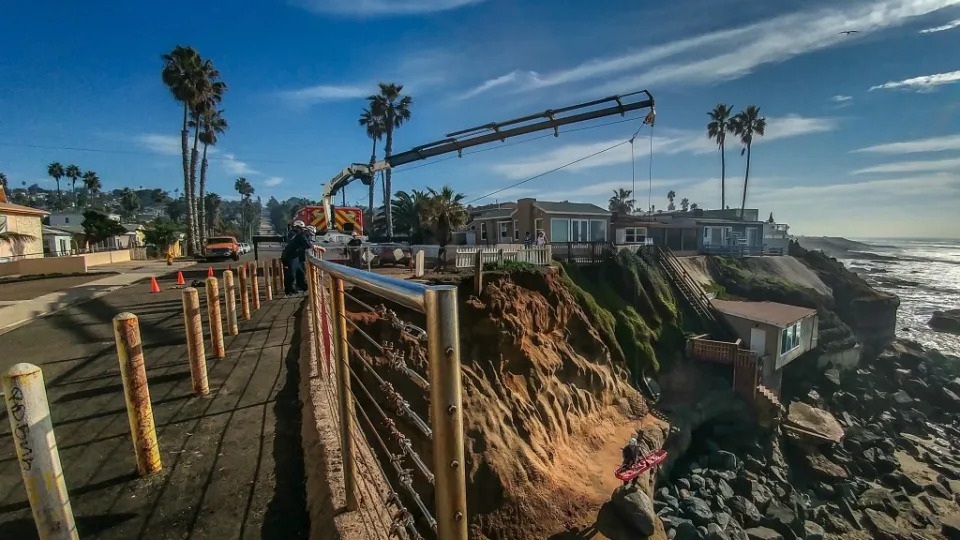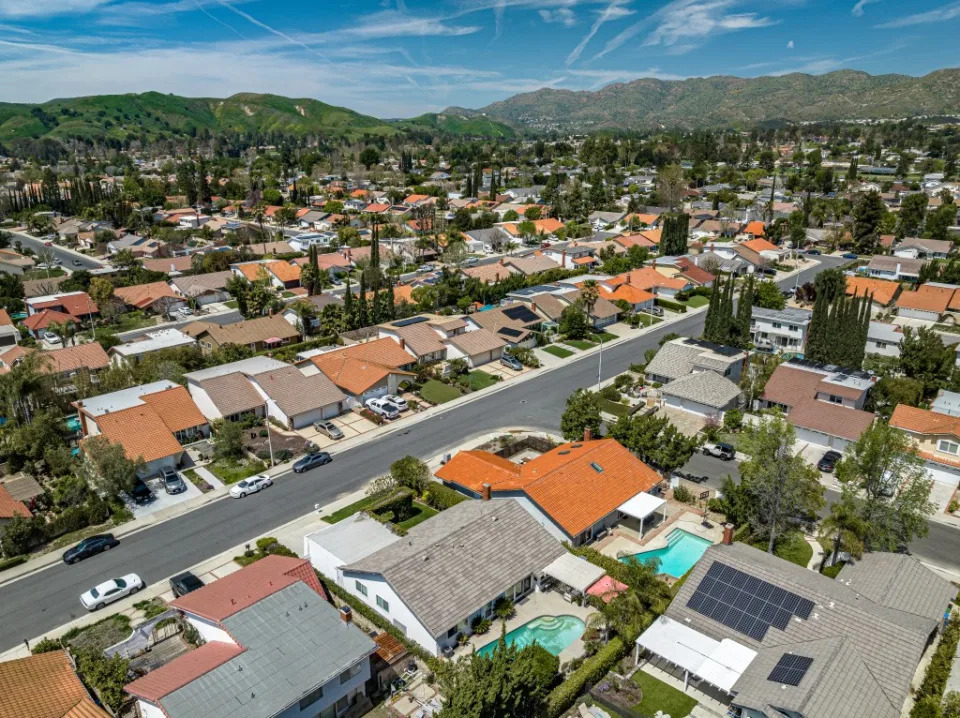
In California’s real estate market, a slowdown in home construction is sending ripples of concern through the industry.
With fewer homes being built, experts warn that the already sky-high housing prices could skyrocket further due to limited supply, exacerbating the state’s affordability crisis.
Ken Kahan, the president of California Landmark Group, known for his luxury apartment complexes in Los Angeles neighborhoods like Palms and Silver Lake, is feeling the pinch.
Despite his expertise, Kahan admits that recent times have been tough. “We have pulled back,” he told the Los Angeles Times, citing unfavorable metrics that have made business increasingly challenging.
Developers across California and the nation are facing similar hurdles.
Rising labor and material costs, coupled with stringent local regulations, are making it increasingly difficult for developers to turn a profit on new projects.
However, the biggest blow comes from the stagnant — and soaring — cost of borrowing.
With interest rates on the rise, developers are shelling out more money to finance their projects, making fewer ventures financially viable.
Preliminary data from the US Census Bureau reveals a stark decline in building permits for new homes nationwide, with California experiencing a 7% drop in 2023 alone.

Single-family homes, typically for sale, and multifamily units, predominantly rentals, are both seeing decreases, signaling a worrying trend for the housing market.
Dan Dunmoyer, president of the California Building Industry Assn., attributes much of the decline to cautiousness among for-sale home builders, who anticipated a market downturn amid soaring mortgage rates in 2022. However, the anticipated drop in demand didn’t materialize, leaving builders scrambling to catch up.
“Builders kind of woke up and realized ‘Oh, it’s just us [selling homes],’” Dunmoyer told the outlet. “But we don’t turn on a dime.”

While single-family home construction shows signs of recovery in California, multifamily permits continue to dwindle.
Rick Palacios Jr., director of research for John Burns Research and Consulting, suggests that the divergence may be due to the availability of alternative financing options for single-family projects.
“Single-family solid, multifamily weak is a pretty consistent theme across most of the country,” Palacios told the LA Times. “You’re hard pressed to find a market where developers and investors are gung ho on apartments.”
In Los Angeles, developers face additional challenges, including Measure ULA, a property transfer tax aimed at funding affordable housing.

The tax, commonly known as the “mansion tax,” applies to properties sold for more than $5 million, adding to the financial burden of developers.
Despite recent efforts by state lawmakers to streamline the housing approval process, developers remain cautious.
Laurie Lustig-Bower, a commercial real estate broker, notes to the outlet that while some landowners are reducing prices to facilitate sales, many are holding out for better offers.
Looking ahead, developers like Kahan are cautiously optimistic but remain wary of rising costs and uncertain market conditions.



